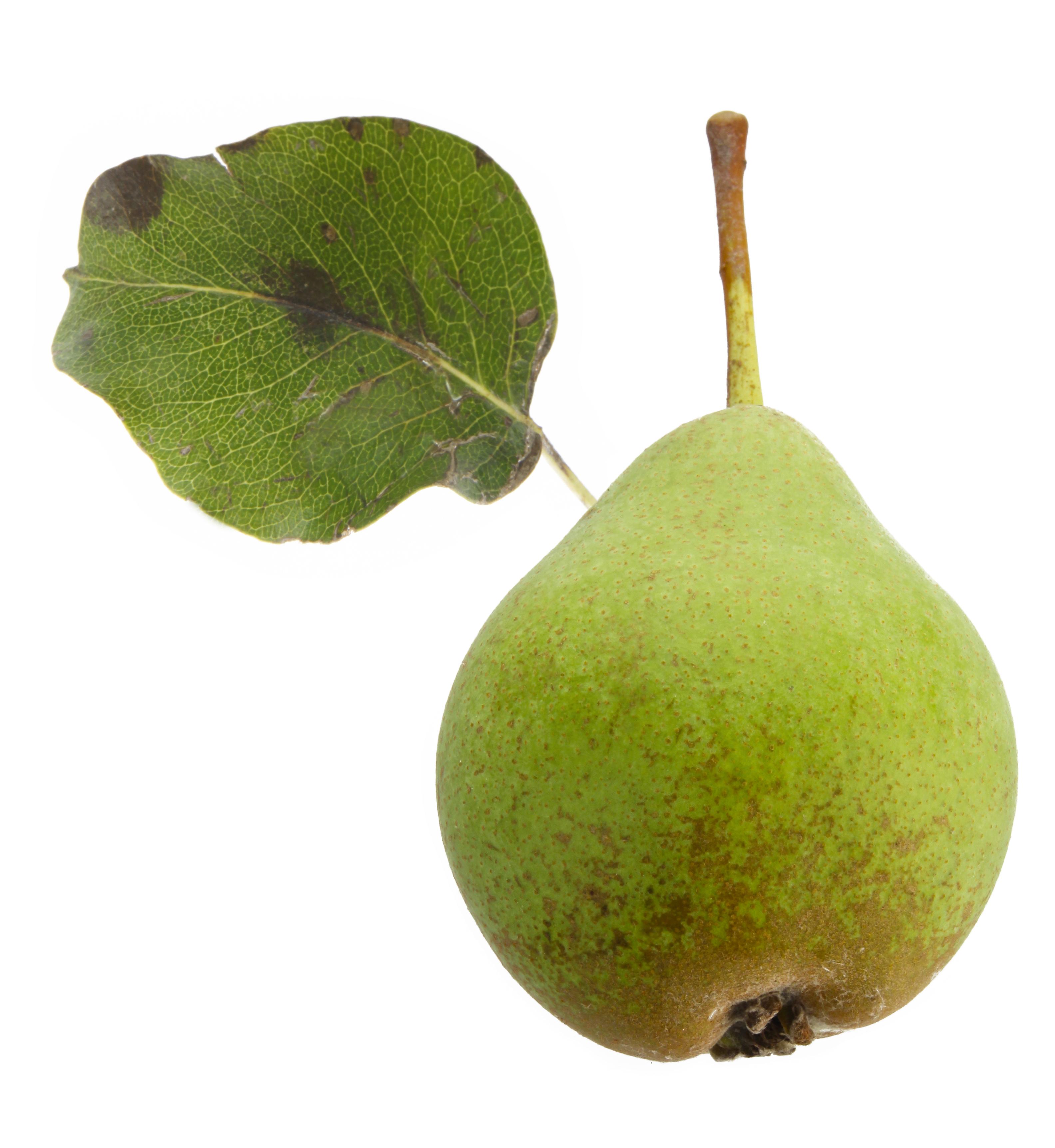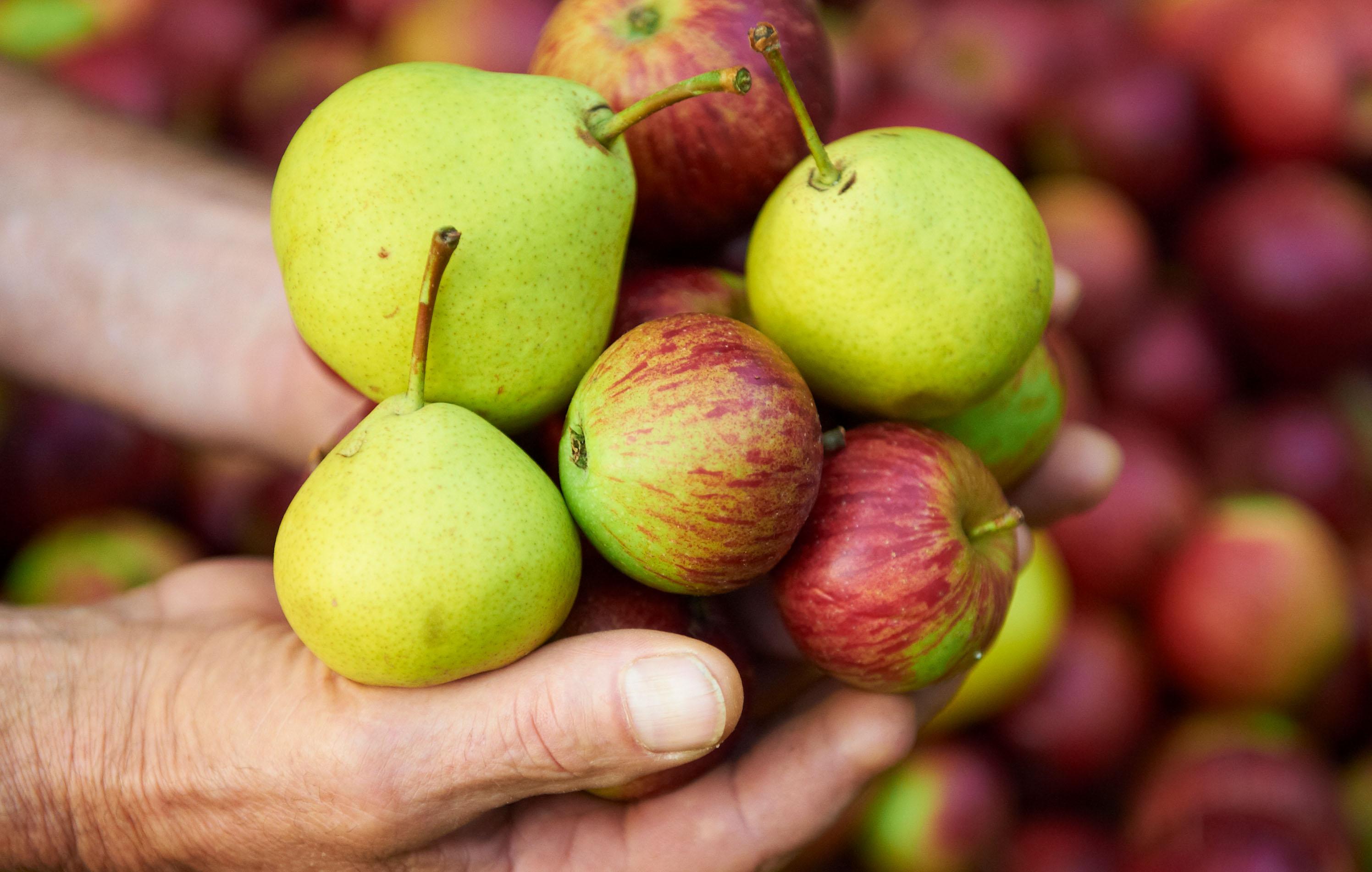
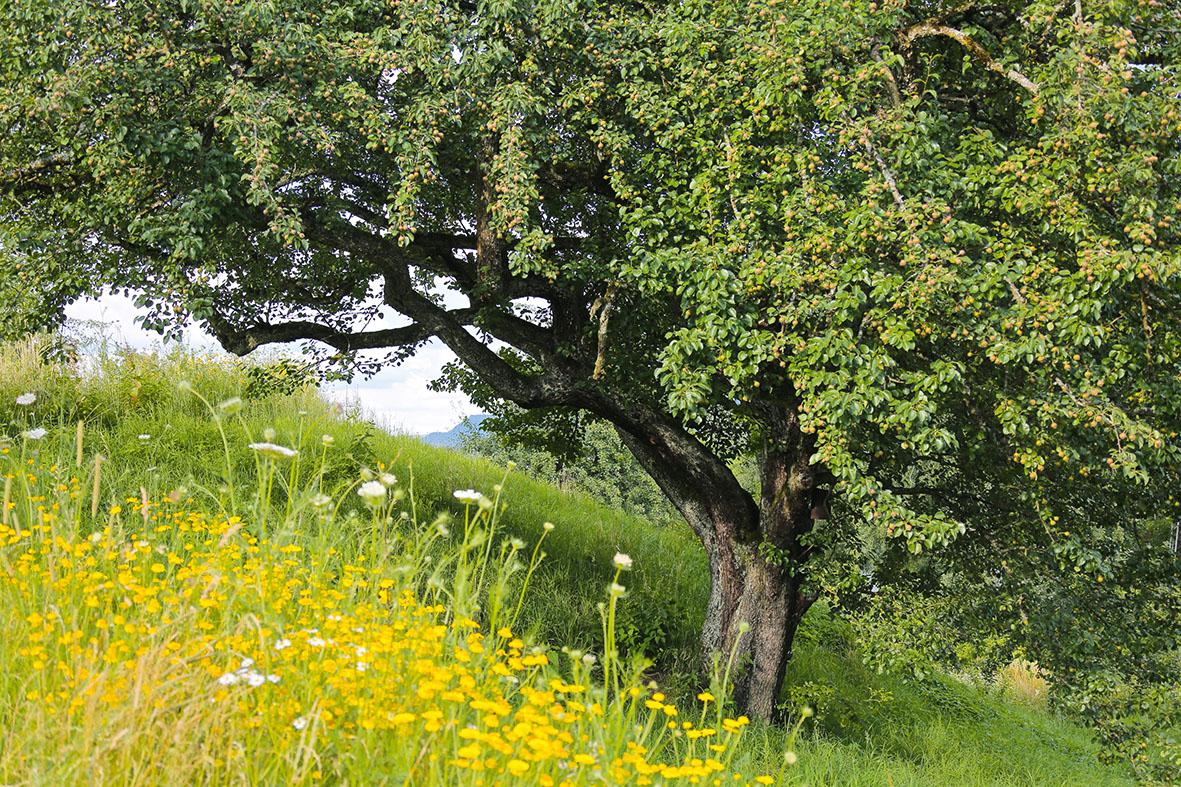

Old apple and pear varieties
Long storable "modern" fruit varieties that can be transported over long distances and fruit tree plantations in which high yields are achieved with the help of artificial fertilisers and the use of herbicides have replaced the old meadow fruit varieties in many cases. If the extensively cultivated Swabian meadow orchards are to be preserved as refuges for countless species of insects, birds and small animals and plant diversity, and of course as suppliers of unique meadow fruit, then we have to do something about it. This is why Manufaktur Jörg Geiger, together with Slow Food Germany, is one of the co-founders of WiesenObst e.V., which has set itself the goal of preserving this (agricultural) form of cultivation. Our contribution? Harvesting MeadowFruit is worthwhile again for farmers and farm owners because we pay good prices. MeadowFruit is at the centre of what we do. We have rediscovered old processing techniques and developed new processes, always with the aim of perfectly bringing out the aromas and special flavours of these unique fruits in different ways - in sparkling wines and sweet wines, non-alcoholic PriSeccos, craft ciders and poirées. At Manufaktur Jörg Geiger, we naturally continue to follow the family tradition of producing distillates from meadow fruit. Distillation still takes place at the 'Lamm' inn in Schlat, which was mentioned in family documents as early as the 17th century.
Old apple and pear varieties
Long storable "modern" fruit varieties that can be transported over long distances and fruit tree plantations in which high yields are achieved with the help of artificial fertilisers and the use of herbicides have replaced the old meadow fruit varieties in many cases. If the extensively cultivated Swabian meadow orchards are to be preserved as refuges for countless species of insects, birds and small animals and plant diversity, and of course as suppliers of unique meadow fruit, then we have to do something about it. This is why Manufaktur Jörg Geiger, together with Slow Food Germany, is one of the co-founders of WiesenObst e.V., which has set itself the goal of preserving this (agricultural) form of cultivation. Our contribution? Harvesting MeadowFruit is worthwhile again for farmers and farm owners because we pay good prices. MeadowFruit is at the centre of what we do. We have rediscovered old processing techniques and developed new processes, always with the aim of perfectly bringing out the aromas and special flavours of these unique fruits in different ways - in sparkling wines and sweet wines, non-alcoholic PriSeccos, craft ciders and poirées. At Manufaktur Jörg Geiger, we naturally continue to follow the family tradition of producing distillates from meadow fruit. Distillation still takes place at the 'Lamm' inn in Schlat, which was mentioned in family documents as early as the 17th century.
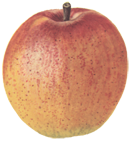
Bohnapfel
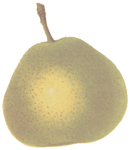
Champagner Bratbirne
Die Champagner Bratbirne hat eine mittelgroße gelbgrüne Frucht mit adstringenten Gerbstoffen im Mund. Eine Birne mit einer langen und stolzen Tradition in unserer Region: alte Dokumente belegen, dass in Schwaben schon seit 1760 aus der Champagner Bratbirne ein Schaumwein hergestellt wurde, den man am Hofe Herzog Carl Eugens wohl zu würdigen wusste. Reif Mitte September bis Mitte Oktober – Fruchtgröße 60-65 g.
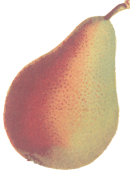
Stuttgarter Gaishirtle
Die Gaishirtles Birne ist ein Zufallssämling, angeblich vom Albtrauf stammend und dort von einem Ziegenhirten entdeckt. Eine Erinnerung an Spätsommertage auf schwäbischen Streuobstwiesen konservieren wir seit über 40 Jahren im einzigartigen Duft und Geschmack des Destillats dieser auch als Honig- oder Zuckerbirne benannten alten kleinen Tafelbirne (erstm. 1792).

Goldparmäne
Hat mittelgroße Früchte und eine glatte, glänzende, grünlichgelbe Schale, deren Sonnenseiten goldig und gerötet sind. Sie verströmen einen kräftigen Geruch. Das Fruchtfleisch ist saftig und edel gewürzt. Verwendung im AP-Süsswein, Don‘t call me Gin und Destillat.
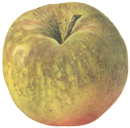
Boskoop
Säuerlicher Wirtschaftsapfel mit hohem Vitamin C -Gehalt mit herbwürzigen Noten. Reif Anfang Oktober. Verwendung in Rosenzauber, Frühlingsduft, Cuvée Nr. 11, Destillat.
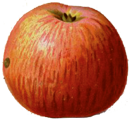
Gewürzluiken
Zufallssämling, von Nordwürttemberg aus verbreitet. Frisch saftig, angenehm säuerlich und leicht würzig. Reif Mitte Oktober – Frucht 100-120 g. Verwendung in Craft Cider, Schillers Apfelschaumwein, Destillat.
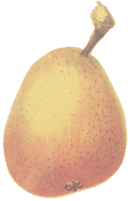
Wildling von Einsiedel
Ursprünglich wurde der Wildling von Einsiedel durch den Hofgärtner Ammermüller in der Baumschule der Staatsdomäne Einsiedel bei Tübingen entdeckt. Fruchtgröße 35-45 g – 70-85 °Oe. Verwendung in traditioneller Flaschengärung.
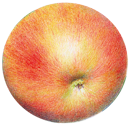
Börtlinger Weinapfel
Als Zufallssämling in der Gemeinde Börtlingen (Baden-Württemberg) entdeckt. Kleinfrüchtig, saftig, säurebetont. Verwendung in PriSecco und Apfelschaumwein.
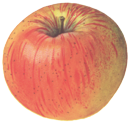
Roter Berlepsch
Hat mittelgroße, flachkugelich berippte Früchte mit rötlich gelber spröder Schale. Ein sehr voller, reifer Apfel, der in seiner kräftigen Würze an rote Johannisbeeren erinnert. Reif Mitte Oktober – Frucht 100-120 g. Verwendung in Craft Cider, Schillers Apfelschaumwein, Destillat.
